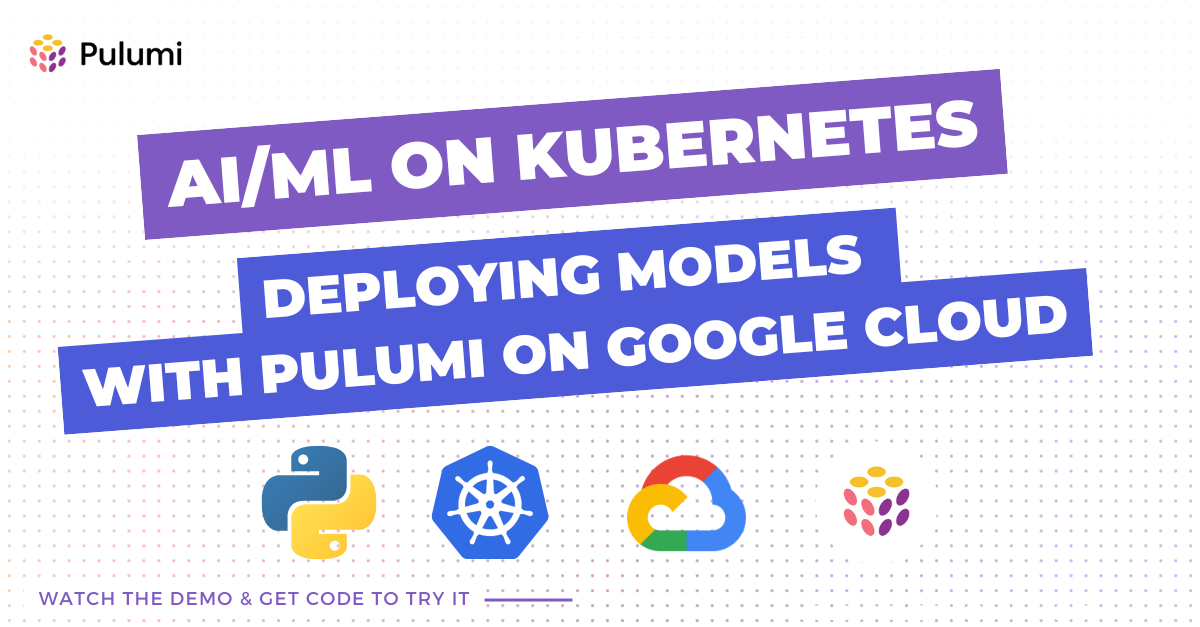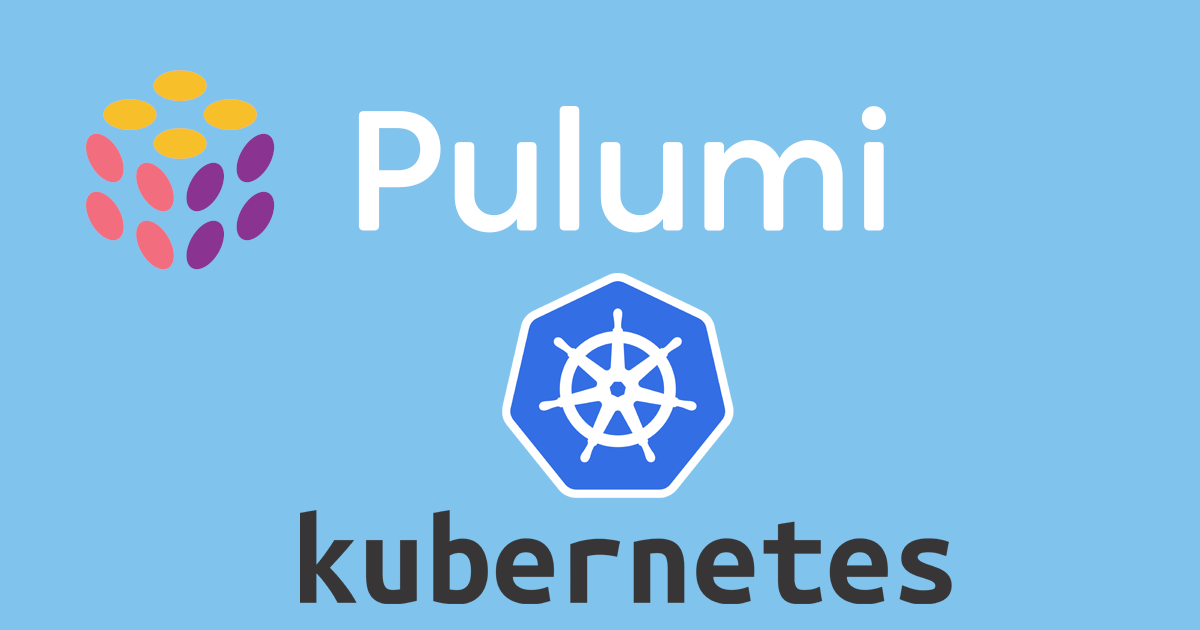Introducing Google Cloud to Insights Account Discovery

We’re excited to introduce Google Cloud support to Insights Account Discovery. This new capability expands Pulumi’s resource discovery to help you uncover infrastructure in Google Cloud, regardless of how those resources are managed. With full visibility into all of your cloud resources, you can monitor, search, and manage your environments more effectively.








